Collector’s Guides • 05 Sep 2015
The Making Of An Icon: Audemars Piguet Royal Oak
Since its inception in 1972 by the legendary Gerald Genta, the Audemars Piguet Royal Oak with its daring octagonal shape has been well-loved by fans around the globe, making it one of the most recognisable timepieces today.
We take a look at the five most significant pieces in the history of this iconic sports watch.
1. Original Royal Oak (1972)
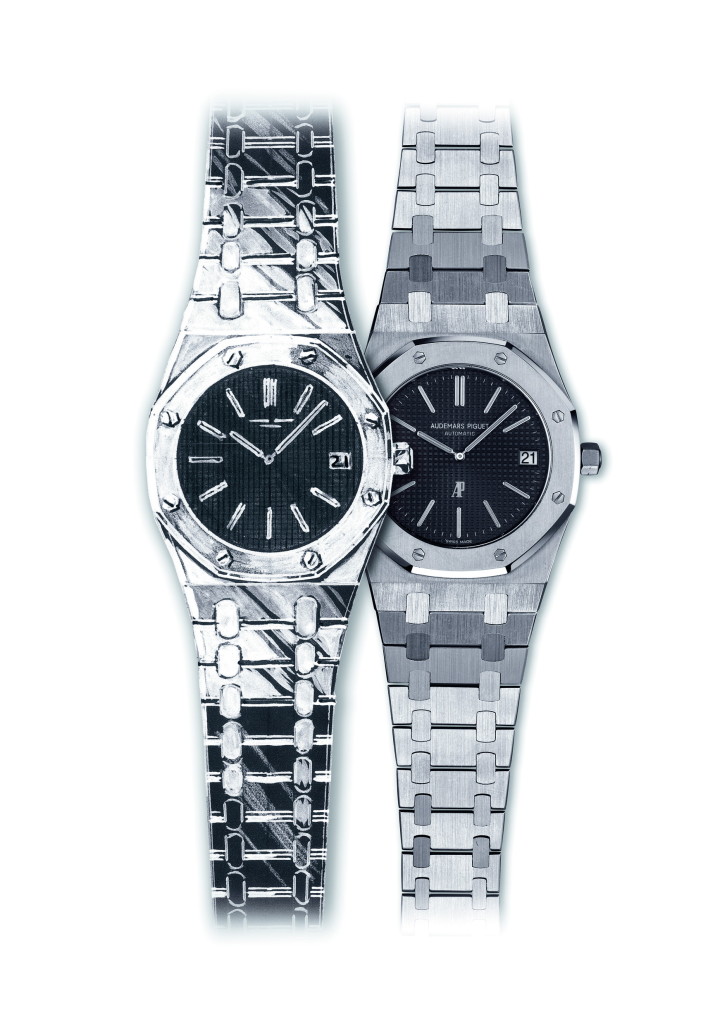
Looking at the beautiful design of the Royal Oak, it is hard to imagine that it was drawn up literally overnight. In response to a strong demand for an “unprecedented steel watch” at Basel, Genta was tasked to conceptualise a sports watch to be shown the following day – and, boy, did he deliver.
Drawing inspiration from diving-suit helmets, Genta’s designed an octagonal bezel secured by eight hexagonal white gold screws, a geometrical “tapisserie” guilloché pattern dial, and an integrated bracelet with intermediate links arranged in decreasing order.
The steel watch looked nothing like the warm colours and round shapes of the era – even the size, at 39mm, massively breaks tradition – and was priced at that of a gold watch. Yet it was so well received among the horological cognoscenti that it soon achieved cult status.
2. First Royal Oak Offshore (1993)
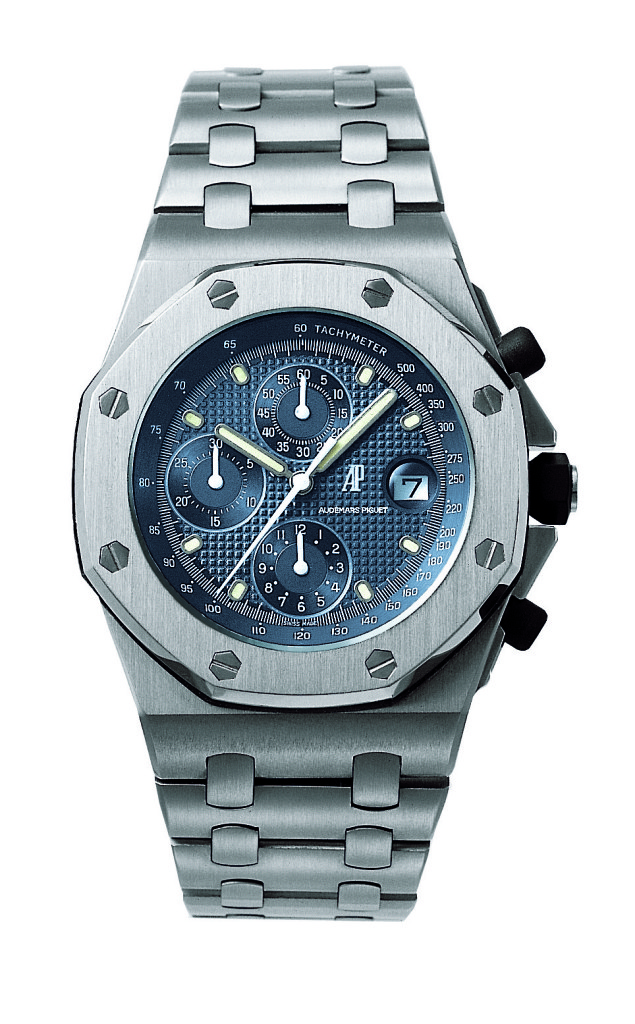
This was the model that brought the Royal Oak range to wider popular appeal. Thanks to its chronograph function and 100-metre water resistance wrapped up in a then-colossal 42-mm case, the hip and trendy from actors to rappers started not only snapping up, but wholly embracing the timepiece. Each owner christened “his” or “her” cherished Royal Oak Offshore, and hence we have pieces named “Bumblebee”, “Panda” and “Pounder”.
3. Royal Oak Concept (2002)
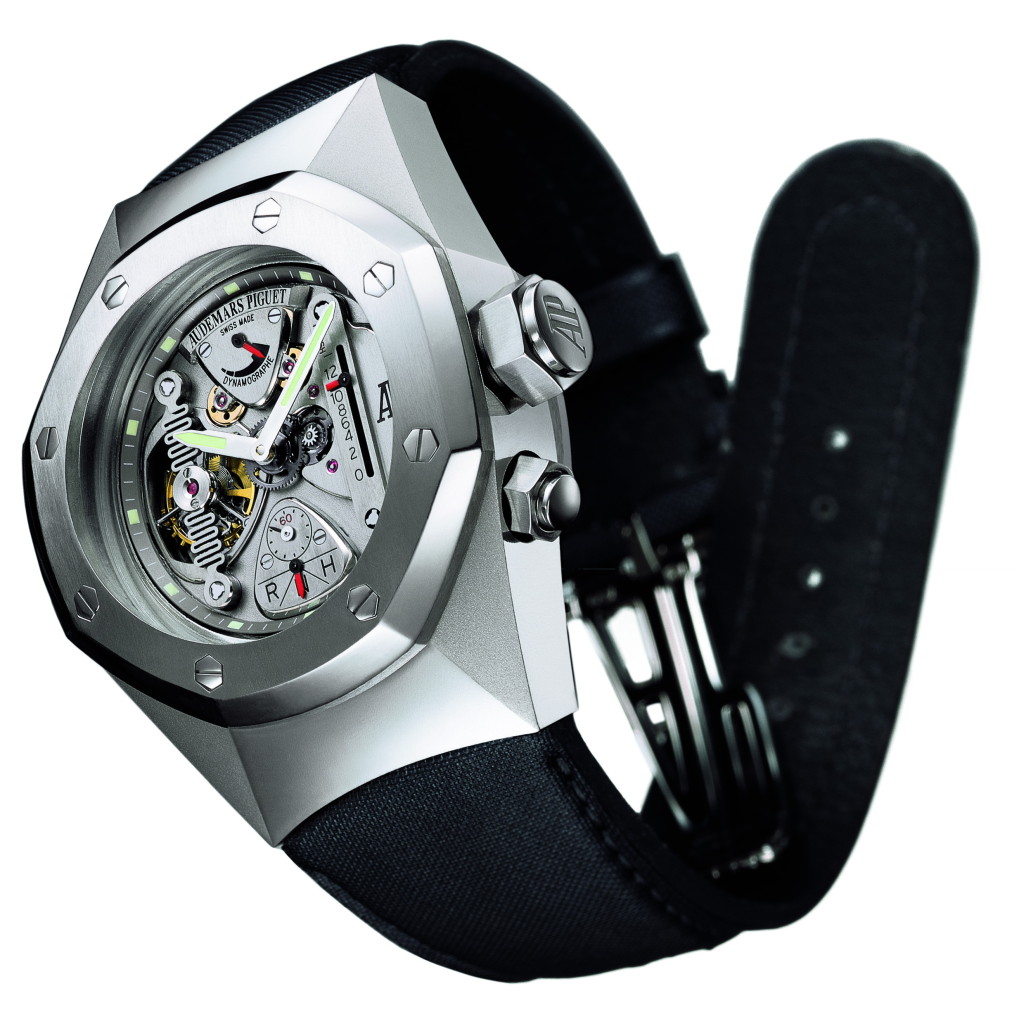
An avant-garde tribute to the 30th anniversary of the Royal Oak, Audemars Piguet pulled out all the technological stops for the Concept. Its case was the first ever to borrow a superalloy from the aeronautical industry – alacrite 602 or stellit, a material so hard that special tools and processes had to be developed to handle it.
4. Royal Oak Offshore “Alinghi Team” Chronograph (2007)

Another material first in watchmaking: forged carbon. The choice wasn’t made at random. It was used extensively in modern sailing boats and thus a fitting symbol of the brand’s partnership with Team Alinghi in the America’s Cup.

5. Royal Oak Offshore Rubens Barrichello Chronograph (2007)
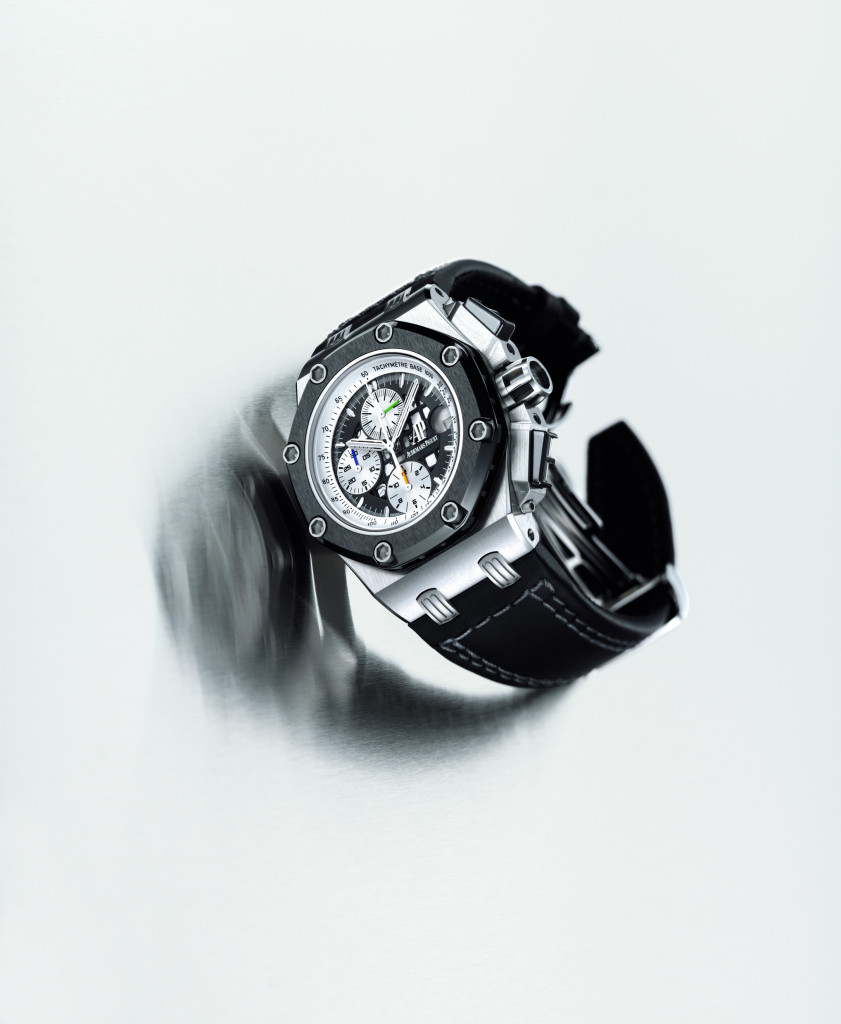
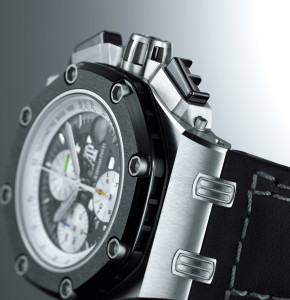
In partnership with its namesake racing champion, this motorsports-inspired chronograph boasts pushpieces that resemble air extractors, pedal-shaped lugs, a ceramic bezel joint evoking a ventilated disc brake and a flange resting on the hour-markers much like a how low-slung race car would hug the ground.
In 2015, a 50-piece limited edition Royal Oak Extra-Thin, is made for the first time in yellow gold, created exclusively for The Hour Glass.

The Hour Glass is a proud retailer of Audemars Piguet timepieces.











